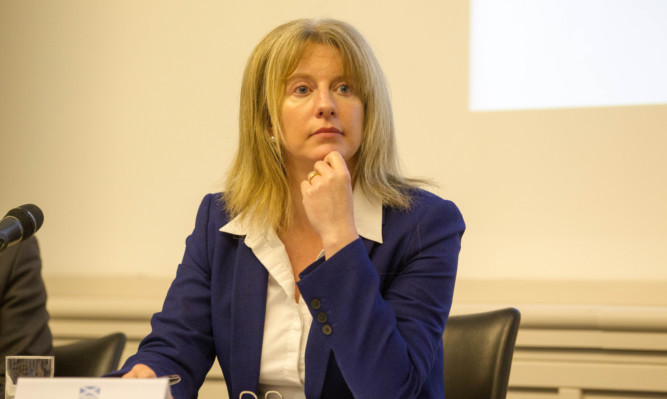A new five-year plan to provide access to good quality palliative care for all has been published by the Scottish Government.
The £3.5 million plan sets out a vision where, by 2021, everyone who needs palliative and end of life care will have access to it, regardless of age, gender, diagnosis, social group or location.
People should also be given an opportunity to discuss their end of life care wishes before their condition deteriorates.
Health and social care staff will also be offered improved access to training, to support them to work with people and their families.
Health Secretary Shona Robison said: “Many people will have gone through the extremely sad process of looking after a loved one towards the end of their lives.
“This will always be a difficult experience, but our health and social care services have a crucial role to play in making it as dignified as possible, and ensuring that the patient’s wishes and needs are taken into account.
“Scotland already has a very good reputation for our palliative and end of life care. But we are determined to keep improving. One of the key areas we want to improve is on the consistency of services.
“Through this new framework we want to make sure that everyone receives high quality palliative care – tailored to their own symptoms and life circumstances.
“This should be delivered to the same high standards, regardless of where you live, or what your illness is.”
The plan was welcomed by charities and organisations including Marie Curie, Macmillan Cancer Support, the Children’s Hospice Association Scotland (CHAS) and the Scottish Partnership for Palliative Care.
Macmillan’s Trisha Hatt said: “Macmillan will work with health and social care services on these recommendations, particularly on the key elements of education and training for staff.
“We need a cancer plan for Scotland to take forward these proposals to ensure everyone affected by cancer gets appropriate palliative care if they need it.”
Richard Meade, of Marie Curie in Scotland, said: “Marie Curie welcomes the publication of the Strategic Framework for Action on Palliative and End of Life Care and its commitment to ensure that everyone in Scotland has access to palliative care when they need it.
“We now look forward to working with the Scottish Government, NHS boards, local authorities and other partners to deliver on this ambition.”
